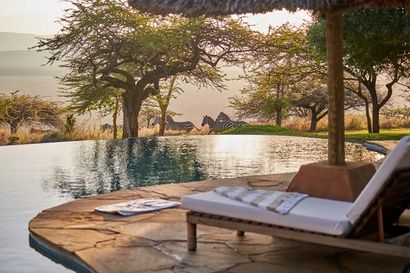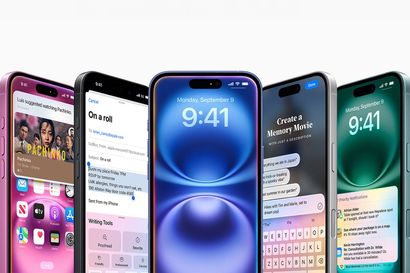How to take the best travel photographs
Award-winning travel photographer David Noyes shares his top smartphone tips
Venturing into an unfamiliar place can be a frightening and intimidating experience, even for a seasoned traveler. Today, you can literally get on a plane and physically travel thousands of miles in a matter of hours and even, in some remote corners of the world, be culturally transported thousands of years back in time.
But typical tourist photographs tend to be restricted to the challenge of the itinerary and confined by their takers’ transportation limitations. You have to work fast and find authenticity on your adventures – and a smartphone can work wonders in this regard. However, the challenge today is to think differently, make the most of your time and location, and capture iconic locations in a way never seen before.
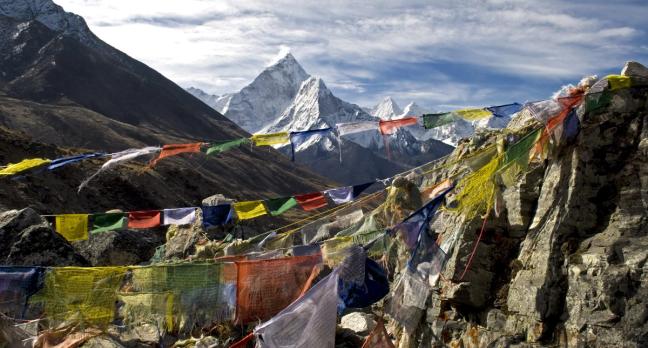
Simply put, the Rule of Thirds is a classic compositional guideline suggesting that if you divide an image into three equal parts, both up and-down and side-to-side, elements placed near or at the intersection of those lines will have the most impact.
The rule forces the main subject of the image off-centre, helping to create a more interesting composition. This technique works well with almost any subject, but you don’t need to be obsessive about the rule, just start taking the time to move the main object of your photograph slightly off centre.
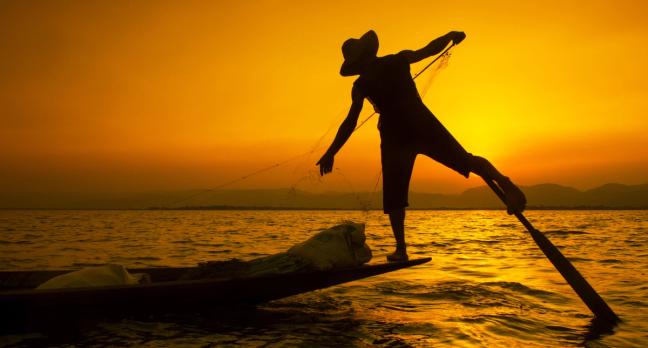
Novice photographers tend to photograph the world from eye-level, creating predictable images. Sometimes, squatting down will help you avoid a distraction in the background or getting up higher will let you crop out unwanted elements – and, with the portability of a smartphone, this type of mobility is easy.
Photographing a scene in this way can dramatically affect a viewer’s emotional reaction to an image. An unfamiliar or unexpected way of looking at something confuses our visual cues and can create surprise, interest, and curiosity in your photographs. Low angles exaggerate height and perspective, while looking down on a subject can provide context to complicated scenes.
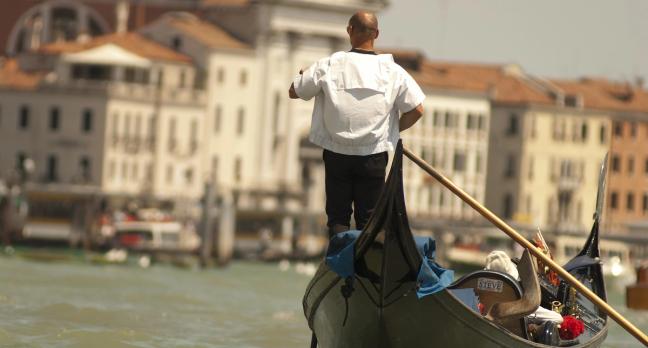
Another way to use your smartphone to play with angles is to raise the camera over your head, place it on the ground and point it up, or shoot from your hip as you walk. The advent of auto focus on phones has allowed photographers to get a sharp image without having to look through the viewfinder.
Creating blind shots like these does require a good understanding of framing and being able to envision what the camera might be pointing at – and a little luck also helps – but this is the ideal way to use a compact device to capture crowded streets or busy markets.
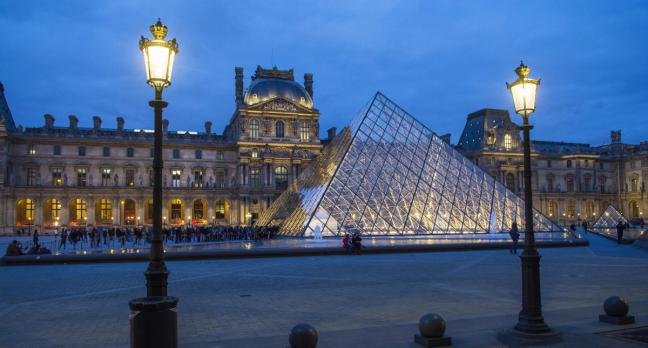
With the smartphone, we’ve seen the advent of a whole new age of photo-taking. Along with this new world, comes new opportunities and styles in which to capture images. But there’ll be a part of your mind wanting to get that cliched photograph, so make sure you snap that first, as a safety if you will.
The memory on a smartphone isn’t likely to fill up because you’ve judiciously taken two or three more snaps than you otherwise would’ve done. After taking the typical shots of over-photographed places, find a different point of view or an interesting composition. When the crowd goes right… go left. You might surprise yourself.
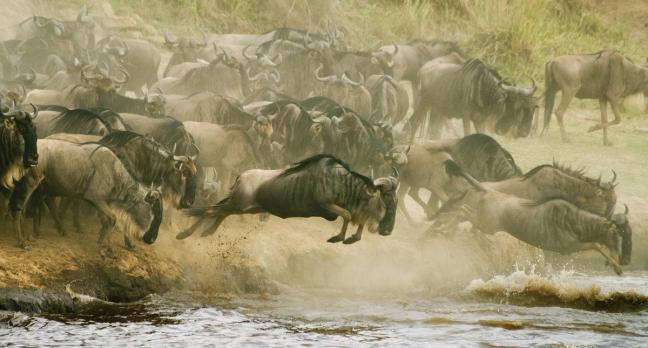
The old rule of thumb for successful photography is to keep the sun at your back and avoid harsh shadows. It is a rule of thumb because following it will produce well-exposed, evenly lit photographs. But it is also the most predictable and least creative use of light. You’re not even using a camera – so don’t adhere to these rules.
Strong shadows and texture created by a sidelight are usually more interesting and dramatic. Since the light is scraping across the object, it creates large and small shadows that exaggerate surface textures, define depth, and enhance the tactile qualities of a subject. Overall, try to reduce visual clutter and let viewers know what is important in the image – which should be easy, as a smartphone screen is considerably bigger than even the largest camera viewfinder.
David Noyes has received numerous awards for his photography and travel writing including the (NATJA) Travel Photographer of the Year and two prestigious Lowell Thomas Awards for excellence in travel journalism. His first book, The Photographing Tourist: A Storyteller’s Guide to Travel and Photography, has won 18 international book awards.

Become a Gentleman’s Journal Member?
Like the Gentleman’s Journal? Why not join the Clubhouse, a special kind of private club where members receive offers and experiences from hand-picked, premium brands. You will also receive invites to exclusive events, the quarterly print magazine delivered directly to your door and your own membership card.
